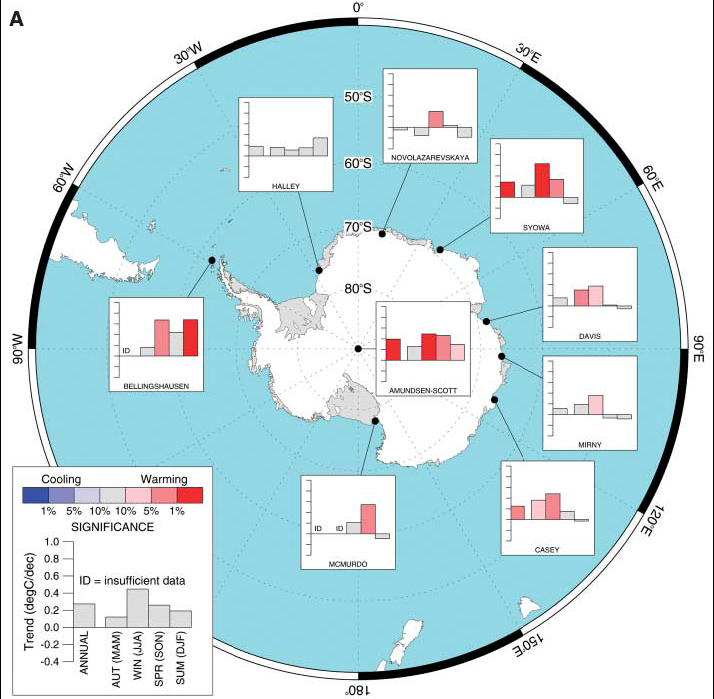We’ve commented before on the “false objectivity of balance”, i.e. the tendency for many journalists to treat scientific issues–for which differing positions often do not have equal merit– in the same “he said, she said” manner they might treat a story on policy or politics.
This approach can appear balanced, but it leaves it to the reader to figure out on their own which position is most likely correct. However, the reader is rarely as well equipped as the writer to determine the bottom line, and in practice this plays into the hands of those who might seek to confuse the public through clever disinformation campaigns.
Thankfully, some journalists “get it”, and take the time (and effort) to assess where the balance of evidence really lies and report it accordingly. Two recent articles discuss what it takes, the first, an interview with Andy Revkin of the NY Times by Paul Thacker and the second a recent Ideas piece in the Boston Globe by Christopher Shea.
Hopefully this attitude is catching on!
